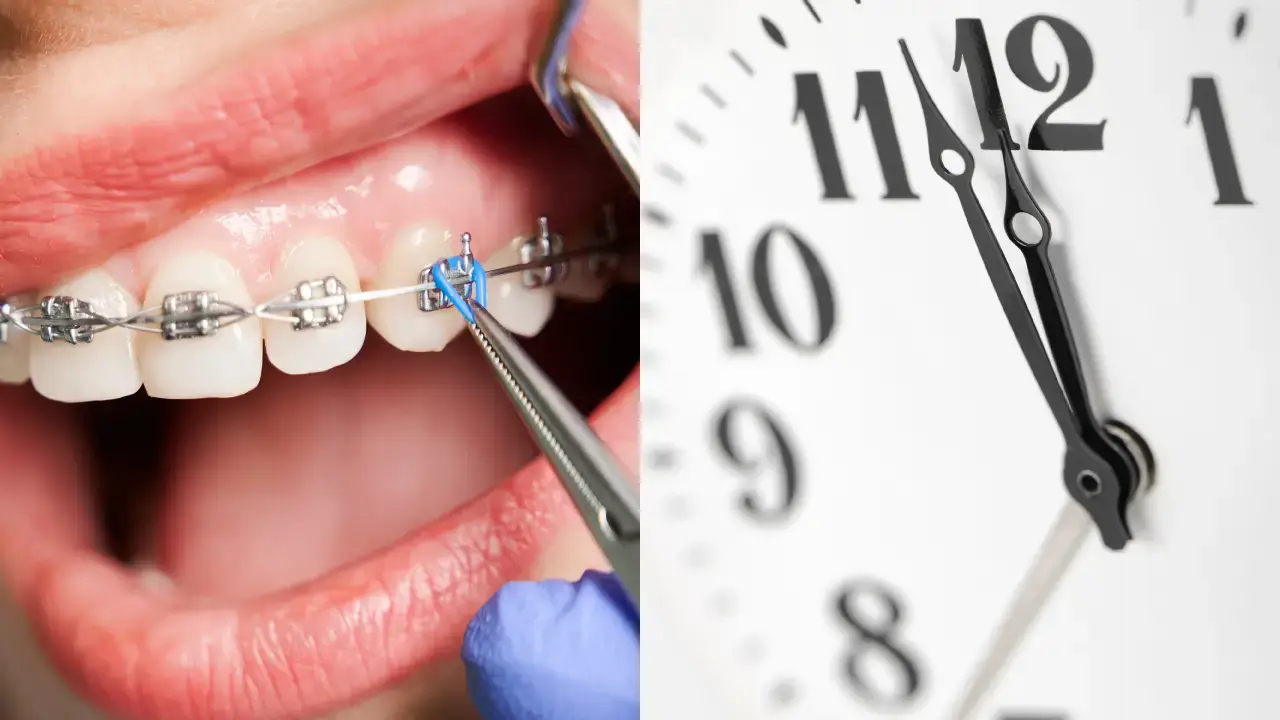Braces are a go-to solution for straightening teeth, but how long will you actually be wearing them? The answer isn’t one-size-fits-all—it depends on the type of braces you choose, how complex your dental situation is, and a few other factors.
Let’s break it down and get a clearer picture of what to expect, from the different types of braces available to the things that can influence how long you’ll need them.
How long do different types of braces take to straighten teeth?
The average duration for braces treatment ranges from 6 months to 3 years. However, this can vary based on the type of braces and the specific needs of the patient.
Here’s a quick comparison of the different types of braces and their various treatment duration to help you:
Types of Braces | Average Duration |
Invisible braces | 6 to 18 months |
Zenyum Invisible Braces | 7 to 15 months |
Traditional metal braces | 18 to 24 months, up to 3 years |
Ceramic braces | 18 to 24 months, up to 3 years |
Lingual braces | 18 to 36 months |
Invisible braces duration
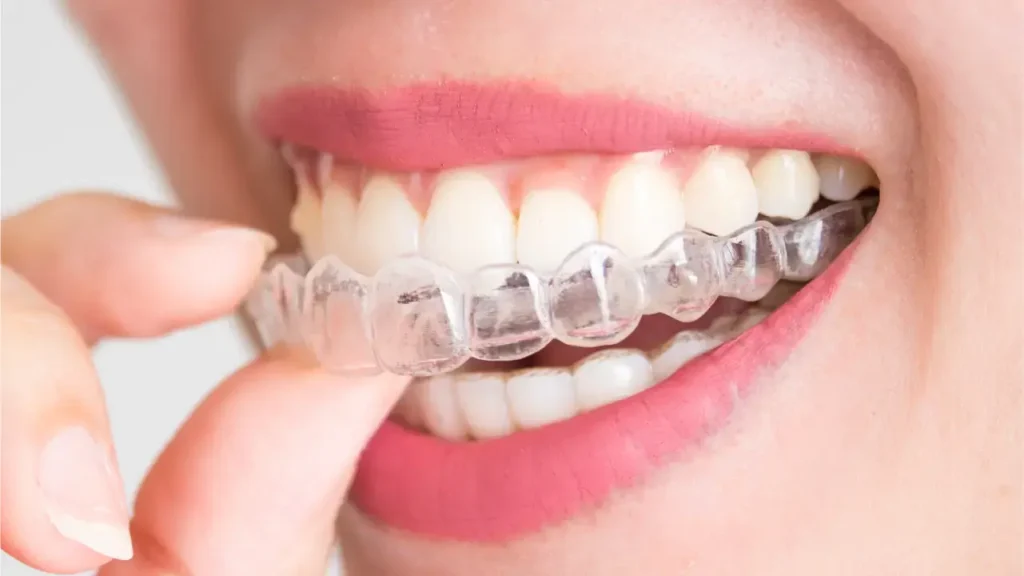
These usually take about 6 to 18 months. They’re a great option if you want a more discreet way to straighten your teeth. The exact duration depends on how complex your case is, the custom treatment plan, and how well you stick to wearing the aligners.
With Zenyum Invisible braces, you’re in good hands! The aligners fall right into that 6 to 18-month range, with an average treatment duration of 7 to 15 months. Not to mention, we use top-notch 3D technology to ensure your treatment is specially tailored for your smile. Plus, our Zenyum Invisible Braces are comfy and nearly invisible—so you can get that great smile without anyone noticing!
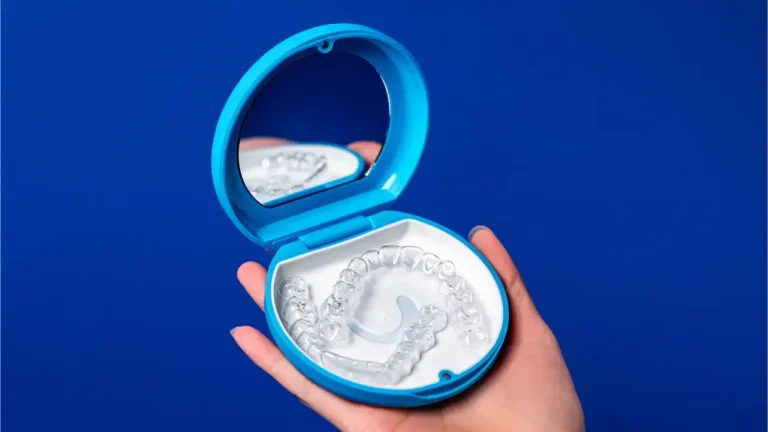
Ready to see how Zenyum’s Invisible Braces can fit into your smile journey? Check your smile with our free smile assessment and start your path to a confident smile in just five minutes!
Metal braces duration
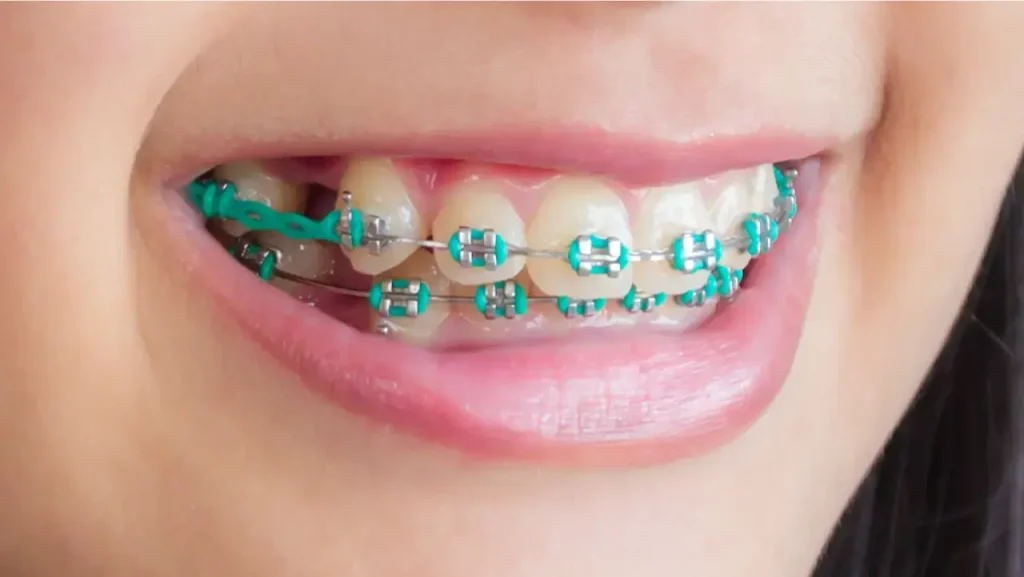
These traditional braces generally take about 18 to 24 months. They’re effective for a wide range of alignment issues but require regular adjustments and maintenance. The length of treatment depends largely on the severity of your alignment problems.
Ceramic braces duration
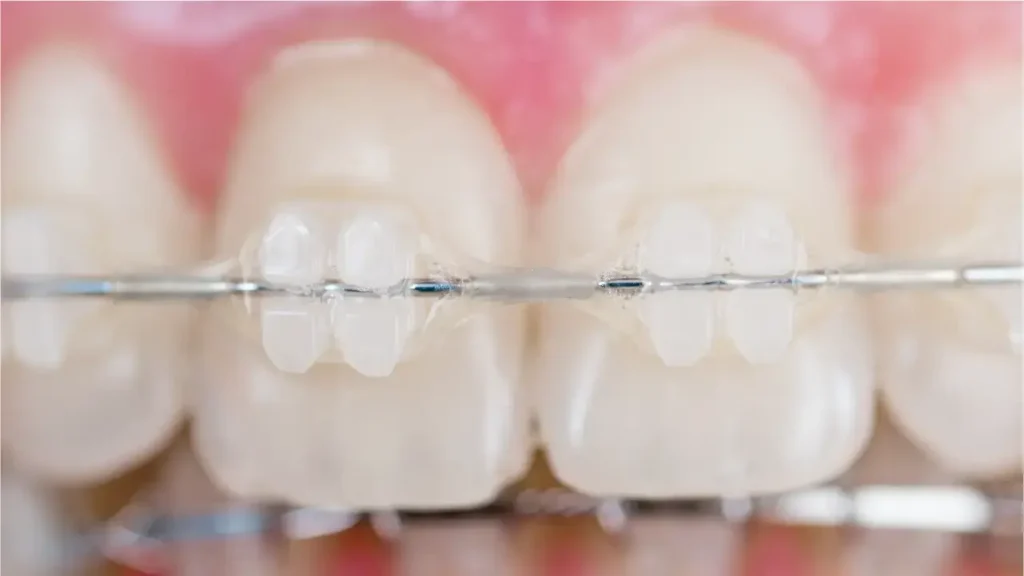
Similar to metal braces, ceramic braces typically take 18 to 24 months. They’re less noticeable, which can be a plus if you’re concerned about the appearance of your braces. The duration is influenced by the complexity of your case and the need for regular check-ups.
Lingual braces duration

These are placed on the back of your teeth and usually take 18 to 36 months. The placement makes them less visible, but it can also make adjustments more challenging, potentially extending the treatment time.
So, how to know which is right for you? Each type of braces has its benefits and timelines, and choosing the right one depends on your needs, preferences, and how quickly you want to see results.
Factors affecting how long you’ll need braces?
Wondering why the time it takes for braces to work can vary so much? Here’s a look at the factors that can influence your treatment duration:
- Complexity of your dental issues: If you have significant alignment problems, it generally takes longer to achieve the results you want. More complex cases need more time to correct.
- Types of braces: Different braces types, like metal, ceramic, or invisible, can affect how long your treatment lasts. Each has its own pace, based on how it works and your specific needs.
- How well you follow instructions: Sticking to your orthodontist’s advice is crucial. Wearing your aligners as directed and not missing appointments helps keep your treatment on track.
- Frequency of adjustments: Regular adjustments are key, especially with metal braces. Missing these can extend your treatment time, so make sure to keep up with your appointments.
- Age and growth: If you’re younger and still growing, you might find that your treatment progresses a bit faster. Your ongoing development can sometimes make adjustments easier.
- Individual response: Everyone’s teeth move at different rates. What might take one person six months could take someone else a bit longer, depending on how their teeth respond to the braces.
- Oral hygiene and health: Keeping your teeth and gums healthy is essential. Any dental issues that pop up can affect how quickly your braces work, so good oral hygiene is a must.
Do’s and Don’ts when wearing braces
To ensure your braces journey goes smoothly and stays on schedule, it’s important to know what to do and what to avoid. Whether you have traditional metal braces or invisible aligners, following these do’s and don’ts will help you stay on track and achieve the smile you’re aiming for.
Do’s to speed up your treatment:
- Always follow your dentist’s instructions. Stick to your orthodontist’s advice on wearing and maintaining your braces. This helps keep your treatment on track.
- Maintaining good oral hygiene is key. Brush and floss regularly to keep your teeth and braces clean. Good oral hygiene prevents complications and keeps your treatment on schedule.
- Attend all your scheduled appointments. It’s important you don’t miss your regular check-ups and adjustments as they are crucial in ensuring your treatment is progressing smoothly.
- Use orthodontic wax if your braces cause discomfort to alleviate irritation. This helps avoid potential issues that could slow down your treatment.
- For invisible braces, it’s important to wear them consistently. Follow your dentist’s recommended number of hours of wear each day to achieve the best results.
Don’ts that can delay your treatment:
- Don’t Skip Appointments. Missing adjustment appointments can prolong your treatment time. Make sure you attend all your scheduled visits to stay on track.
- Avoid hard and sticky foods that can damage your braces or cause discomfort. For traditional braces, hard or sticky foods can break wires and brackets.
- Never attempt to adjust or remove your braces on your own. Always consult with your orthodontist for any issues or concerns.
- For those wearing invisible braces, don’t change your aligner sets too early. You should only switch to new aligners when advised by your orthodontist.
Those who utilize Zenyum Invisible braces for teeth alignment can monitor their progress and aligner sets using the Zenyum app! This ensures that you will more aware of which aligner set you should be wearing during your treatment period.
Zenyum invisible braces starts with a few simple steps. Take a virtual assessment to get started!
Extra tips for wearing Zenyum Invisible Braces

Wearing Zenyum Invisible Braces? Here are some extra tips to make your experience even better:
- Keep your aligners clean by regularly cleaning them with a toothbrush and mild soap, or using aligner cleaning tablets. This keeps them clear and hygienic.
- Store properly by always keeping your aligners in their case when not wearing them. This prevents loss and damage.
- Don’t eat or drink with aligners on; remove your aligners before eating or drinking anything other than water. This helps avoid damage and staining.
- Don’t skip wearing your aligners; skipping them for long periods can slow down your progress. Make sure to put them back in as soon as possible after meals and cleaning.
- Don’t use toothpaste to clean aligners because toothpaste can be abrasive and scratch your aligners, making them look cloudy. Stick to mild soap or aligner cleaning products.

Achieve Your Dream Smile Faster with Zenyum!
Don’t let time hold you back from a perfect smile.
FAQs on braces duration
Do braces always take 2 years?
Not necessarily! The time you’ll spend in braces depends on several factors like the complexity of your dental issues, the type of braces you choose, and how well you stick to your treatment plan. While some people might need around two years, others might finish sooner or take a bit longer. It’s all about what your teeth need!
What’s the shortest treatment duration for braces?
The shortest treatment for braces is typically about 6 months. This usually works for cases where only minor tweaks are needed, like a bit of crowding or spacing. But remember, everyone’s different, and your exact time might vary depending on your needs and how closely you follow your orthodontist’s advice. If you’re aiming for something quicker, you might also want to look into clear aligners like Zenyum Invisible Braces—they can sometimes get you results faster for small adjustments.
I heard of people wearing braces for 4 years, is that normal?
It’s not the norm, but it can happen. Sometimes, if your case is a bit more complex, you might need to wear braces for a longer time. If you find yourself in braces for an extended period, just make sure to keep up with your regular orthodontist appointments. They’ll help you stay on track and make any tweaks needed to keep your treatment moving smoothly
How long does it usually take for braces to stop hurting?
Braces can feel pretty uncomfortable at first, especially right after they’re put on or when you get adjustments. Usually, the soreness lasts about 1 to 2 weeks. After that, your mouth gets used to the braces and the discomfort should ease up. If you’re still in pain after that, or if it feels really intense, it’s a good idea to reach out to your orthodontist. They can check things out and give you some tips to make things more comfortable.

